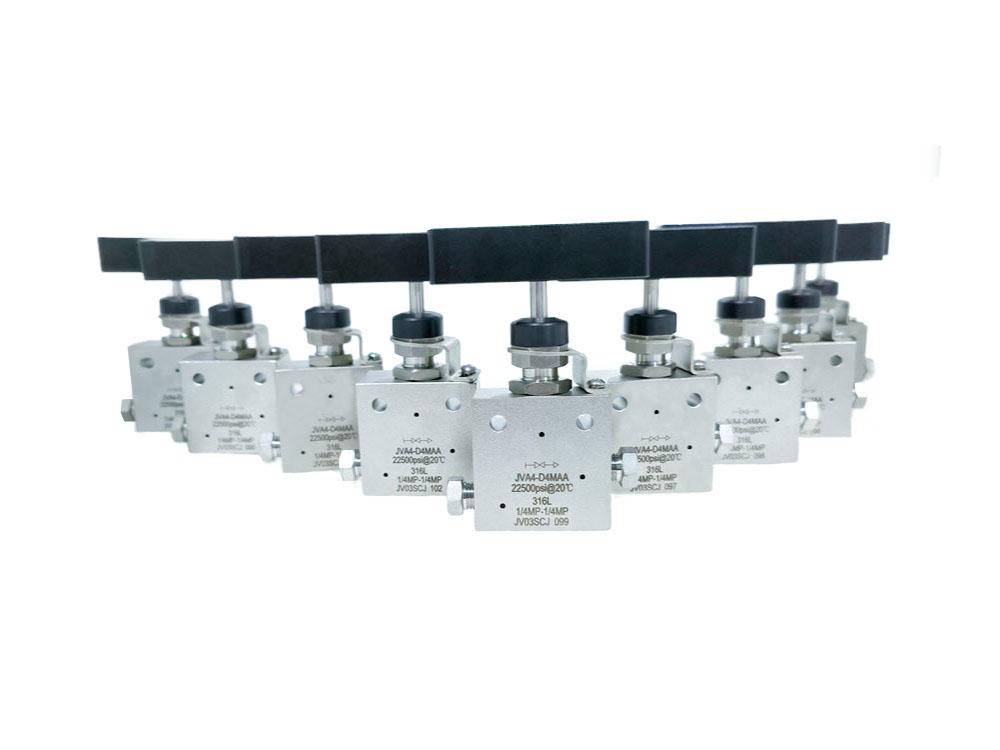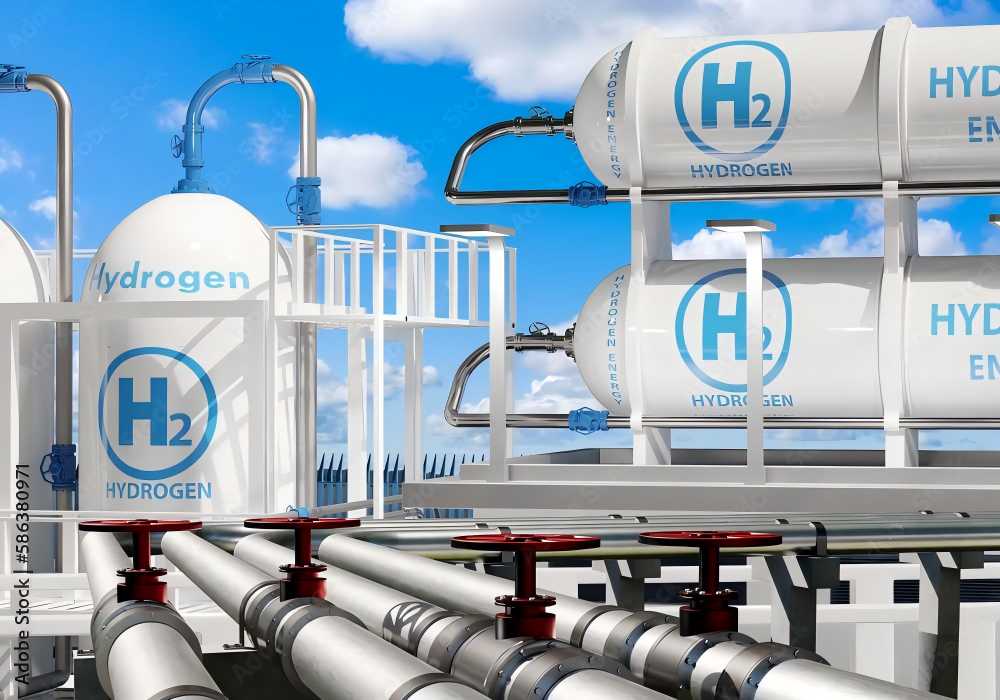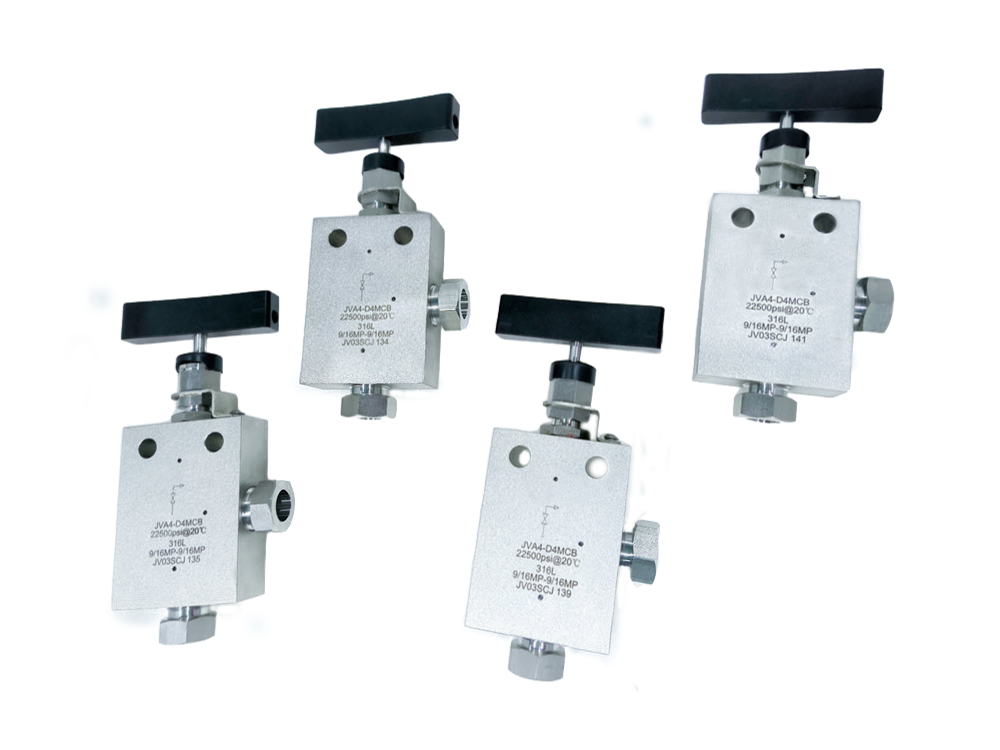The Essential Role of Hydrogen Pipelines in Clear Energy Transportation
As the world transitions to sustainable energy solutions, hydrogen is emerging as a vital component of the clean energy landscape. This versatile fuel, with applications ranging from energy storage to powering vehicles, is gaining attention for its potential to decarbonize various industries. A critical aspect of hydrogen’s success lies in its efficient transportation, and pipelines play a significant role in this process. Understanding the intricacies of hydrogen pipeline systems is essential for leveraging their benefits and addressing their challenges.
Hydrogen pipeline transport offers a cost-effective and scalable means to move hydrogen over long distances. This article explores the concept of hydrogen pipelines, their types, mechanisms of operation, environmental impacts, and the safety regulations governing their use.
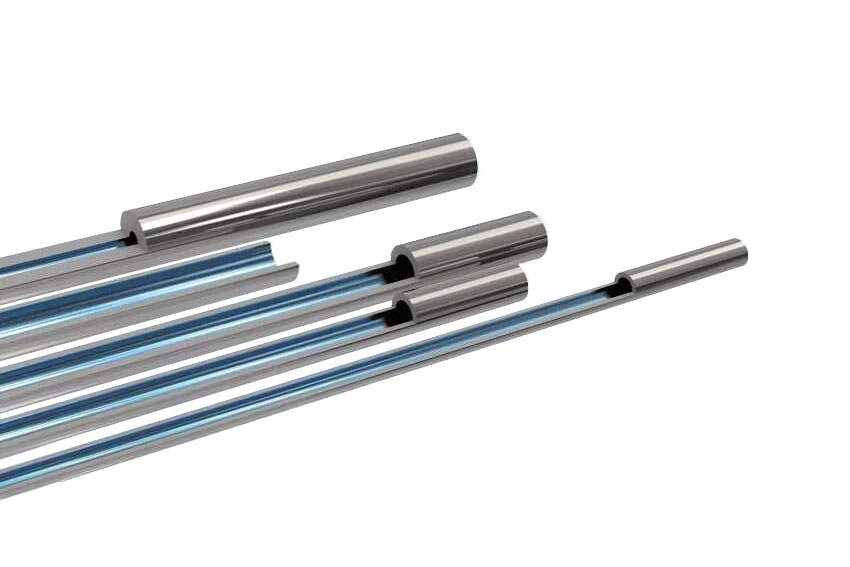
What is a Hydrogen Pipeline?
A hydrogen pipeline is a specialized infrastructure designed to transport hydrogen gas from production facilities to end-users or storage sites. Similar in purpose to natural gas pipelines, hydrogen pipelines facilitate the large-scale movement of this energy carrier, ensuring consistent and efficient delivery.
Unlike traditional pipelines, hydrogen pipelines require specific design considerations. Hydrogen is the smallest molecule in existence, which makes it prone to leakage and susceptible to material degradation such as hydrogen embrittlement. This necessitates the use of specialized materials and technologies to ensure safe and effective transportation.
The significance of hydrogen pipelines lies in their ability to connect production hubs with demand centers, enabling the integration of hydrogen into various industries, including transportation, energy generation, and industrial processes.
What are the Different Types of Hydrogen Pipelines?
Hydrogen pipeline transport is classified into two primary types based on the mode of operation and the nature of the transported gas:
1. Dedicated Hydrogen Pipelines
Dedicated hydrogen pipelines are designed exclusively for transporting pure hydrogen gas. These pipelines are typically constructed using advanced materials like stainless steel or specialized alloys to withstand the effects of hydrogen embrittlement. Dedicated pipelines are ideal for long-term hydrogen transportation in regions where demand is concentrated or expected to grow significantly.
2. Blended Pipelines
Blended pipelines involve mixing hydrogen with natural gas for transportation through existing natural gas pipeline infrastructure. This approach is cost-effective as it leverages pre-existing networks, reducing the need for new construction. However, there are limitations to the proportion of hydrogen that can be blended without compromising pipeline integrity and end-use compatibility. Research and development efforts are ongoing to optimize this method for widespread use.
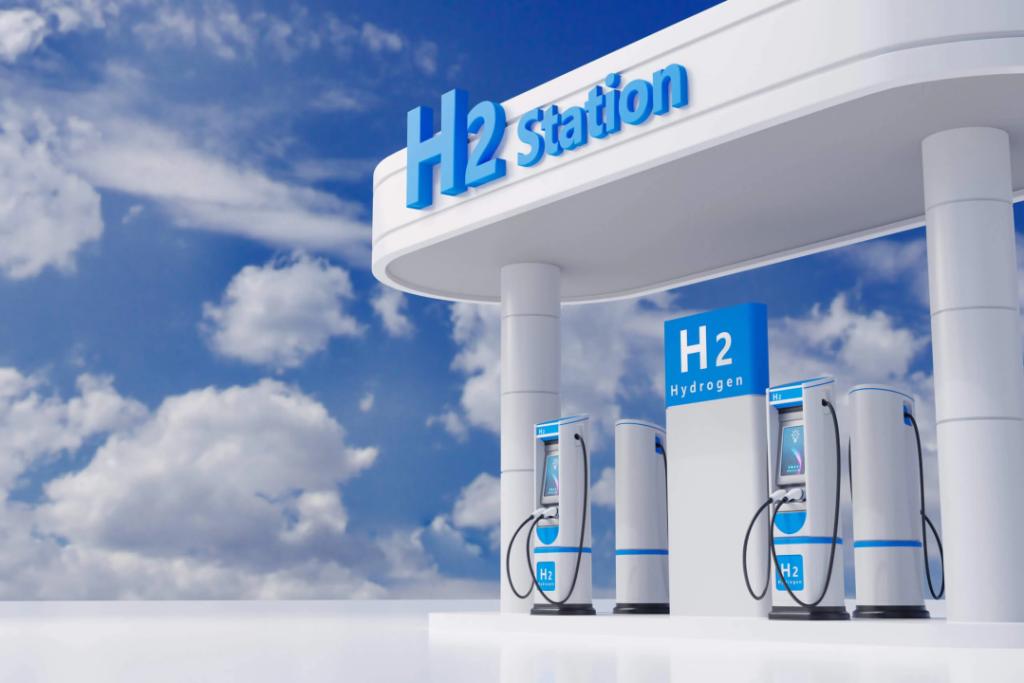
How is Hydrogen Transported Through Pipelines?
The transportation of hydrogen through pipelines involves specialized processes and technologies to ensure efficient and safe delivery. Here’s a breakdown of the key aspects:
- Compression and Injection: Hydrogen gas is compressed to high pressures to facilitate its flow through pipelines. Compression reduces the volume of hydrogen, enabling greater transport capacity and minimizing energy loss. The compressed hydrogen is then injected into the pipeline system using specialized equipment.
- Pipeline Flow Mechanisms: Hydrogen flows through pipelines under controlled pressure, driven by compressors strategically placed along the pipeline route. The small molecular size of hydrogen requires pipelines to be designed with minimal leakage points and robust sealing mechanisms.
- Material Considerations: One of the biggest challenges in hydrogen pipeline transport is material compatibility. Hydrogen can cause embrittlement in certain metals, leading to reduced strength and increased susceptibility to fractures. To address this, materials like high-strength polymers, stainless steel, and composite materials are often used in pipeline construction.
What is the Pressure and Temperature of Hydrogen in Pipelines?
The pressure and temperature conditions in hydrogen pipelines play a crucial role in ensuring efficient transport and maintaining pipeline integrity. These parameters vary based on the pipeline type and the distance over which hydrogen is transported.
- Operating Pressures: Hydrogen pipelines typically operate at pressures ranging from 20 to 100 bar (290 to 1450 psi), depending on the specific application and infrastructure. For long-distance transport, higher pressures are often used to optimize flow rates and reduce energy consumption during compression.
- Temperature Management: The temperature of hydrogen during transport is usually ambient, but in certain cases, cooling mechanisms are employed to maintain stability and prevent material degradation. Proper thermal management is particularly important in regions with extreme temperature variations, as fluctuations can impact pipeline materials and hydrogen flow dynamics.

What are the Environmental Impacts of Hydrogen Pipelines?
Hydrogen pipeline transport has both positive and negative environmental implications, making it important to consider these factors in infrastructure planning and operation.
1. Positive Impacts
- Decarbonization Potential: Hydrogen pipelines enable the large-scale distribution of green hydrogen, produced using renewable energy sources, which can significantly reduce greenhouse gas emissions.
- Reduced Road Transportation Emissions: Pipelines eliminate the need for hydrogen transportation via trucks, reducing emissions from road vehicles.
2. Potential Risks
- Hydrogen Leakage: Although hydrogen is a clean fuel, its leakage into the atmosphere can indirectly impact climate change by influencing atmospheric chemistry. Effective leak detection and prevention systems are essential to mitigate this risk.
- Energy Consumption in Compression: The process of compressing hydrogen for pipeline transport requires energy, which can contribute to emissions if derived from non-renewable sources.
3. Mitigation Strategies
To minimize environmental impacts, measures such as advanced monitoring systems, stringent maintenance practices, and the use of renewable energy for compression are employed. Research into leak-proof materials and technologies also holds promise for enhancing environmental performance.
What are the Safety Regulations for Hydrogen Pipelines?
Safety is paramount in hydrogen pipeline transport due to the unique properties of hydrogen, including its flammability and potential for leakage. A robust regulatory framework governs the design, construction, operation, and maintenance of hydrogen pipelines.
1. Design and Material Standards
Regulations mandate the use of materials resistant to hydrogen embrittlement and corrosion. Pipeline designs must include safeguards against leakage, over-pressurization, and external damage.
2. Monitoring and Maintenance
Advanced monitoring technologies, such as sensors and automated inspection systems, are employed to detect anomalies in real time. Regular maintenance ensures pipeline integrity and compliance with safety standards.
3. Emergency Response Protocols
Operators are required to establish comprehensive emergency response plans to address potential incidents. These plans include measures for rapid leak containment, public safety communication, and environmental restoration.
4. International and Regional Standards
Organizations such as the International Organization for Standardization (ISO) and regional bodies like the European Union and the U.S. Department of Transportation have developed guidelines for hydrogen pipeline transport. These standards address technical specifications, safety measures, and environmental considerations.
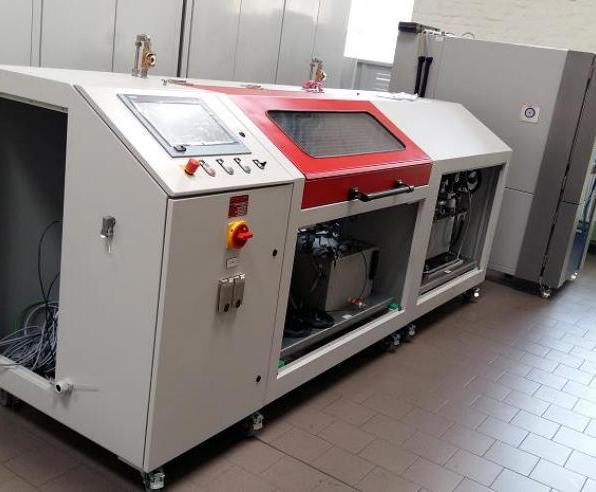
Final Thoughts
Hydrogen pipelines represent a pivotal element in the global transition toward a sustainable energy future. By facilitating the efficient and large-scale transport of hydrogen, they serve as critical infrastructure for integrating this versatile energy carrier into various sectors. Whether through dedicated systems or blended solutions, hydrogen pipelines are unlocking new possibilities for decarbonization and energy resilience.
While challenges such as material compatibility, safety considerations, and environmental impacts remain, ongoing advancements in technology and regulatory frameworks provide a strong foundation for addressing these issues. With strategic investments and collaborative efforts, hydrogen pipelines have the potential to bridge the gap between production and consumption, supporting cleaner industries, greener transportation, and a more sustainable world.

